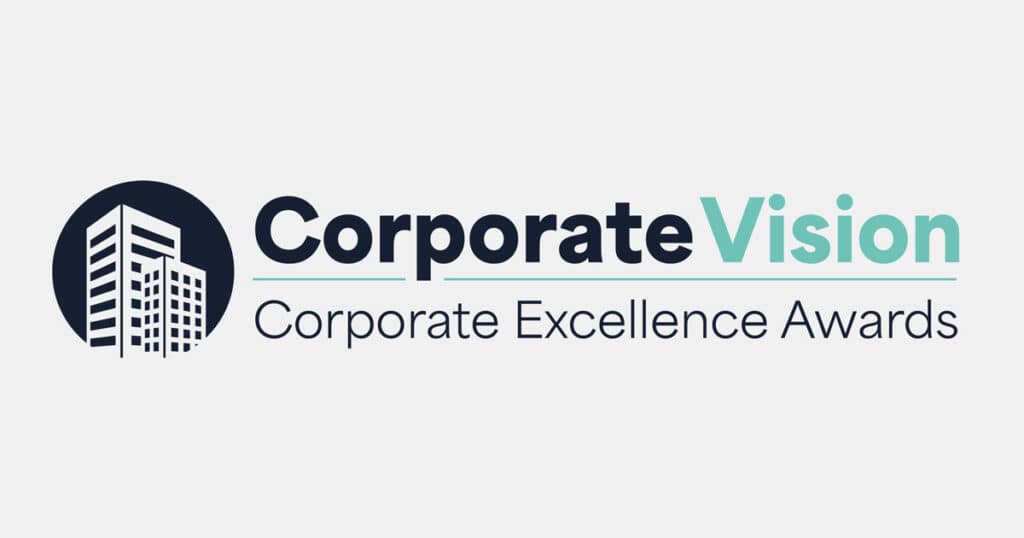By Nate Stockard & Courtney Pfleger
Have your site rankings changed in the past few months? Did you see a big drop and are now slowly climbing back up in search results? In this article, we will walk through the impact of the search leader’s August 2018 algorithm update, and the effects many websites are still feeling, today.
Every day, millions of customers enter billions of search queries into search engines to find their heart’s desire – whether they’re buying services for their business or trying to find the latest bargain on their favorite product.
With each keystroke, they know exactly what they want to find and willingly revise their query to re-search over and over again until they see a description and website link that matches what they intended when they initiated their search.
Until recently, companies fought their way to the top of search rankings by stuffing their websites with relevant keywords and answers to common questions or bought their way to the top by purchasing related keywords that customers and prospects might use to find their company’s products or services.
All that changed when Google rolled out its annual summer algorithm update in 2018. The Google “Medic Update,” as it quickly became known, created quite a bit of turbulence among websites who had always naturally ranked higher and those who hadn’t. In fact, if you had a website that provided services or products for consumers’ lifestyles or involved financial decisions, like healthcare, travel and retail, you may have taken a hit in your search rank.
What is the Medic Update?
Basically, Google applies this algorithm to evaluate the expertise, authoritativeness and trustworthiness (E-A-T, for short) of each website’s content. Sites that meet these criteria typically rank higher in search results, especially when:
- Content aligns with the overall purpose of the website
- The site offers relevant, associated thought leadership content (e.g. blog articles, white papers, and case studies) with quotes and links to third-party sources with established credibility.
- Relevant, useful content is regularly added and is written by credible authors and experts on the topic.
Additionally, mobile first-index, onsite linking, and site speed were factors rewarded well with this update.
Why does this matter to you?
If you have a website, this algorithm could be the reason for your website’s rise (or fall) in search engine results. If you are not regularly adding fresh content related to your company’s industry, service or product offerings, you may find yourself sinking in local business listings and in organic search results. If your content doesn’t include credible sources or data from outside your organization, it can hurt your ranking. If users arrive at your page and bounce quickly because they don’t find what they intended when they searched specific keywords you optimized (or paid) for, well, you get the idea.
How does the Medic Update affect my website or search ranking?
Google penalized websites that had excess pages that didn’t relate to the company’s purpose, services or products; or if they didn’t provide any thought leadership content (e.g. blog articles, case studies, whitepapers, etc.) to reinforce their reliability as a subject matter expert in their field; or if they provided content on an unrelated subject.
The update affects both local results like maps and business listings, as well as organic search results (any time someone types in your business name into the search bar).
Other factors affect your ranking as well. These include mobile optimization, onsite linking and site speed.
- Mobile optimization: If your site is optimized for use on mobile devices – meaning it will reshape to fit smaller screens and be easily navigable – then you can increase your chances of ranking higher in search results.
- Onsite linking: Having a good amount of onsite linking where you cross-reference other blogs in your site can contribute to improve search rank.
- Site speed: From the moment each user clicks on your site’s link in the search results, a clock starts. Your site’s speed is the time it takes for your website to load and fully appear onscreen. The less time it takes, the faster your speed, and the better your chances of higher search ranking
What’s intent got to do with it?
Some SEO experts, including Yoast.com’s Joost deValk, speculate that the real reason behind the update is to “show results that better match the intent of the search.” Joost de Valk bridged this idea with other recent Google adjustments to their search quality rater guidelines manual. In it, there’s an interesting new section focused on the “beneficial purpose” of a web page.
You see, Google’s team of search quality raters manually compare websites against the best practices and criteria built into the guidelines, and then score each website accordingly. Their scores, along with the algorithm’s results, social signals, activity and off-site links, influence where your site will land in the search results.
According to Jennifer Slegg with The SEM Post, “Raters are not just asked to rate the quality of the content, but also consider whether the page has a beneficial purpose or use to being on the site. What would a visitor to the site gain?”
Essentially, when a customer searches a keyword or phrase, they intend to find something specific, related and relevant to that search. Google’s scoring has upped the stakes to influence site owners, like you, to accurately deliver what they expect to find in your site’s content.
So, how do you know what to revise – or enhance – to enable better chances of ranking higher? Let’s take a look at where to start.
What can you do to improve your search ranking and drive more traffic to your site?
Take a hard look at your website and its content and consider whether the information shared is fluff or helpful to your ideal audience. If you need to revise the content, keep these Top 5 tips in mind:
- Refresh and replace outdated, duplicative, or inaccurate content with transparent, clear, trustworthy, accurate information.
- Make sure landing pages can be accessed from the main home page.
- Include more quality, evergreen content to build traffic.
- Avoid sharing content that does not align with the purpose of your website.
- Avoid keyword stuffing, where you pack your site with keywords to a point that it doesn’t make sense. Focus on searchable key phrases to improve your site’s SEO.
Content is king, but so is quality.
Gone are the days when you could upload pages of random or loosely-related content and see a positive result in your search ranking. Google’s algorithm evaluates content and its applicability to a specific search query using keywords present in the content. So, in order to summit Google’s search engine results pages (SERPs), your content needs to qualify and meet these criteria:
- User Intent
- Expertise
- Authoritativeness
- Trustworthiness
Let’s take a closer look at each of the major factors influencing search rankings.
Expertise
Demonstrate your expert level of knowledge in your field and build credibility in the eyes of your ideal targets – and search engines – by providing consistent, accurate, useful, and truthful information throughout your site’s content.
Authoritativeness
Don’t just say you’re an authority in your field – show it! Make sure your blog includes author names and titles, their bios with education, work experience and credentials related to your field, as well as contributions and reviews or other personal experiences that further prove their (and by association your company’s) expertise. Publish relevant, helpful content regularly.
Trustworthiness
Be a reliable and helpful resource that users can trust by incorporating quotes from experts in your field and external links to related studies, statistics and research by third-party sources with established credibility.
Be selective of which keywords you incorporate into your content and where you place them, and avoid keyword stuffing.
Be findable by updating your site with your company’s contact information for all locations, and provide enhanced security features, especially if your site collects personal or financial information.
User Intent
As we mentioned above, when a user types in a search term, they expect or intend to find specific information supported by that term. To increase your site’s chances of ranking higher in search results and giving users what they want to find, make sure your website’s content reinforces any keywords you target in your SEO strategy.
Your ultimate goal to summit search results is to always provide the most useful and accurate content for your target audience. Give them valuable content that is reinforced with relevant links from other high-quality, reliable sources.
How will I know if my ranking has been affected?
To see if you experienced a surge or fall in search result rankings, start by reviewing your Google Analytics results from July 2018 to present. This report’s trend will show you where you stand in search results, and whether your site needs improvements.
Sites that had high-quality content in July 2018 may have seen a slight bobble in August and maybe September, but probably stabilized quickly and have maintained a consistent track. However, sites that did not have high-quality content, or have not continued adding fresh, quality content regularly would see a drop in August that would continue until they revise their site’s content to align with their purpose and regularly add relevant site content to further that purpose.
If the report shows that your site was affected by the Google Medic Update and you need to optimize your website, we can help you figure out what’s working for your site, and what needs to be repaired.





